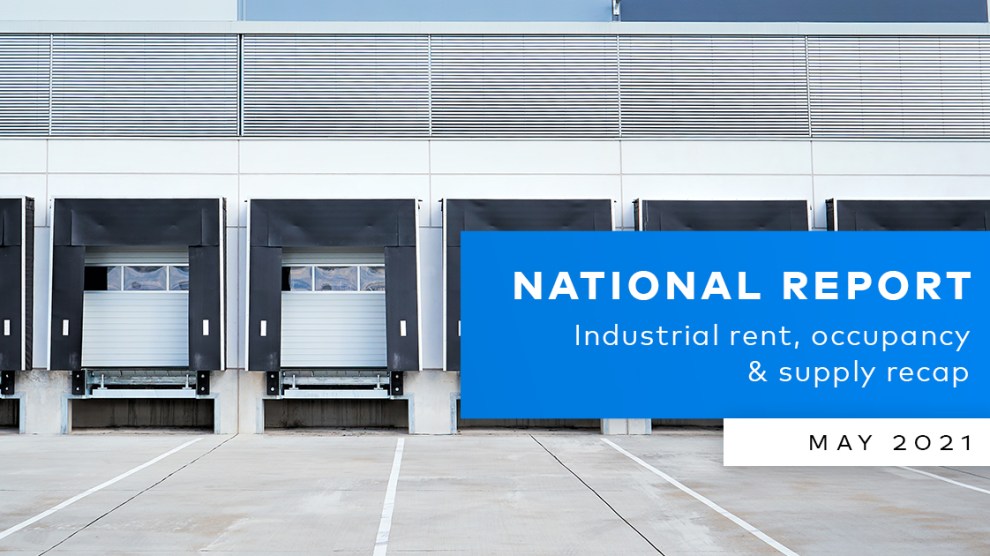The Amazon Effect: Industrial’s Big Driver
When it comes to e-commerce, there is Amazon and then there is everyone else. Between the behemoth’s direct sales to consumers and third-party sales through its platform, it is by far the dominant force in online retailing. Even as other companies, like Wal-mart, surpassed it in e-commerce growth in 2020, they are still playing catch-up.
With so many transactions, Amazon is leading the competition for fulfillment centers and last-mile delivery locations, as well, impacting the new-supply pipeline as developers rush to provide it with big facilities. Many of the largest spaces in the Yardi Matrix Industrial database feature an Amazon lease—for instance, LogistiCenter at I-95 Wilmington, under development in Philadelphia and totaling some 3.8 million square feet. Similar-size facilities are underway in Austin, Detroit, Syracuse, N.Y., and Little Rock, Ark.
Investors are also eager to acquire properties fully leased by Amazon, given the stable income it provides for the long term. Since the start of 2020, 83 transactions have involved buildings with Amazon as the tenant, accounting for roughly 7% of all sales volume. And the properties are going for a premium, trading at an average of $145 per square foot, vs. $94 per square foot for all properties sold in the last 16 months. Amazon facilities are even trading at astronomical prices in smaller markets. In Albany, N.Y., the 1 million-square-foot 1835 U.S. Route 9 sold for $125 million, or $125 per square foot. In larger markets, sale prices are even higher. 10Edison, a 900,000-square-foot building in Central New Jersey, recently traded for $247 million, or $274 per square foot. And in Los Angeles, the 223,000-square-foot 20730 Prairie St. sold for $74 million, or a whopping $332 per square foot.
E-commerce sales figures for the first quarter of the year show online shopping accounting for more than 17% of core retail sales. While it may take years before e-commerce sales reach the 19% share achieved during last year’s second quarter, it does appear that the pandemic has advanced the trend by a few years. Before the pandemic, e-commerce had a 13.7% share of market; if it followed the fairly linear track it had been on, the share of core retail would have been north of 17% sometime in 2023. We will keep a close eye on e-commerce figures during the waning days of the pandemic, but we believe the heightened shift to online retail is structural rather than temporary.
Read the full Matrix Industrial National Report – May 2021











Add Comment